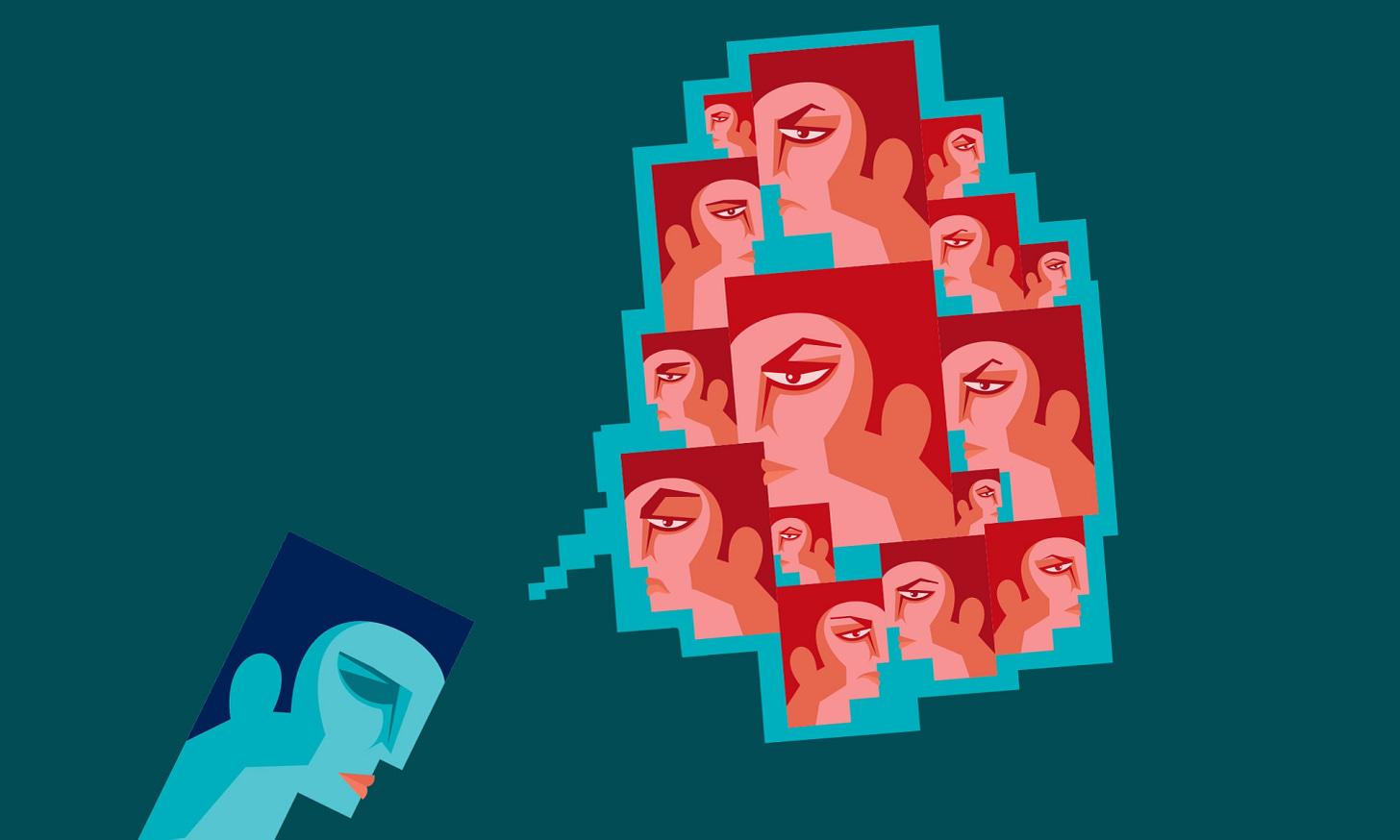Schemas: An Introduction to Counter-Productive Thinking Patterns
Schemas are problematic beliefs that get you "stuck" and take you away from the life you want to live.
After a proper assessment is conducted, one of the very first conversations I have with clients is about schemas. Your schemas are the lenses through which you see yourself, the world, and other people.
This article is a brief introduction to the concept of schemas. In it, I also introduce an alternative to living a schema-driven life. That alternative: living a life guided by clear and meaningful values.
Your schemas develop in childhood and get reinforced by your environment. They develop because on some level they make sense - they work, or at least theoretically they do - especially in the environment that you grew up in.
In our early years, little humans need to find ways to get the support and affection of the adults around them. Did you have a parent who always asked you to “do just a little better” or “just a little more?” If you did, it made sense that you ended up putting some pressure on yourself to succeed, often delaying your own gratification. You might have then been rewarded for “being the good kid” at home or at school, which reinforced a pattern of having high standards for your achievement. With that came the strategy of denying your own needs to meet these standards.
If the simplified example above sounds familiar, you might have the unrelenting standards schema. As an adult, some of the statements in the graphic below might be ones that you find yourself saying in your head.
On the surface, it might feel right or important to keep your high standards. The problem is that if your standards and judgments start running your life, then you’re at risk for anxiety, burnout, low mood, and problems with sleep. Being driven primarily by your unrelenting standards is not a fulfilling way to live.
If you have unrelenting standards, you might find that your standards apply to multiple areas of life and that it feels like you’re trying to perform as an employee, as a parent, as a family member, as a friend…and on and on. Or, maybe you feel like you’re so hyper-focused on one area (usually work) that you have “no gas in the tank” for other areas of your life.
The classic CBT model outlines the triad between thoughts, emotions, and behaviours. Schemas explain why we have the automatic reactions we have, including our automatic thoughts, judgments, and interpretations.
Unrelenting standards is just one example of a problematic schema. Schema Therapy pioneer Dr. Jeffrey Young identified 18 maladaptive schemas that can run our lives.
I recommend that you review this post to get an idea of these 18 maladaptive schemas. I find that most people are interested in learning more about not only their schemas, but also about the schemas of other people in their lives.
What happens after you identify your primary problematic schema(s)? In my clinical practice, once I’ve worked with a client to understand their schemas and the resulting thinking and behaviour patterns, we turn our attention to what they truly want their life to be about - their values.
Your schemas are unhelpful strategies about how to control your life and your environment. They’re loaded with self-criticism and the induction of guilt or shame.
Instead of living according to the control and criticism typical of schema-based living, I propose that thriving as an individual requires clarity on what you value. Once you understand that, you can start the work of coming up with a kinder, more effective way of speaking to yourself and treating yourself.
Don’t be surprised if your schema is already scoffing at that idea. That’s what schemas often do.
I’ll be adding more content soon related to helping you identify and clarify your values.
For now, what I want you to understand is:
a) It’s important to understand which schemas you “have.” Your schemas capture the patterns of thinking, behaving, and treating yourself that lead to feeling down, anxious, or as if you’re not in control of your own life.
b) Reflect upon which values you hold. What do you truly want your life to be about? What’s meaningful and important to you? Are there areas of your life that you value that aren’t getting enough time or attention?
The two steps above represent - at an overly simplified level - the first conversations I have with clients. There’s a lot of work and practice that goes into developing a values-based life, especially when it comes to developing an internal voice that represents that compassionate, competent values-based you.
One of the primary goals of therapy is developing this guiding voice - it allows you to change the metrics of your life, puts you back in control, and gives you renewed purpose and meaning.
What I want to do with this newsletter is encapsulate the strategies I use with my personal clients to develop and maintain that values-based perspective. I look forward to sharing these insights with you as well.





